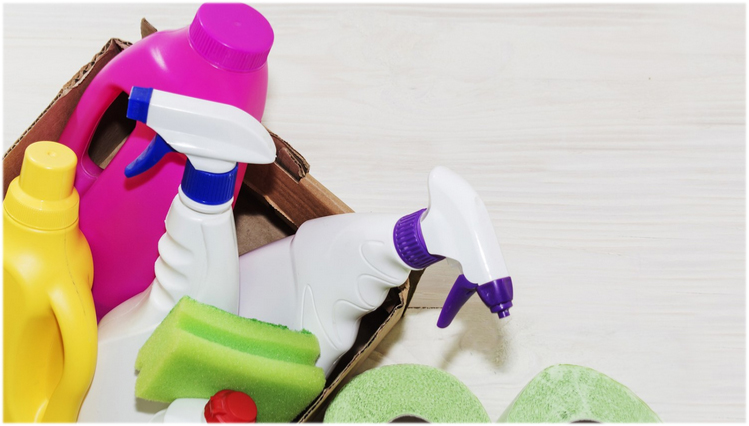
Mold – it’s unsightly (when it’s visible) and it’s unhealthy – and, if it’s in our homes, it is present in every breath we take.
Many of us only think of mold in the cold and damp of winter. But, spring weather can also cause a host of problems in our homes and mold is one of them. Not only that, spring is the ideal time to perform mold remediation, according to the experts.
What is mold and how does it get into our homes?
Molds are microscopic fungi that feed on and break down organic materials. In our homes, “They like cellulose. Most of the material we use to build houses – like sheetrock, ceiling tile, wood,” David Straus, a mold expert with Texas Tech University, explained.
But they need moisture to thrive. In fact, according to the U.S. Environmental Protection Agency (EPA), of all the types of mold in the world, “none of them will grow without water or moisture.”
When conditions are right (moisture, temperature and the presence of organic materials) mold will spread by releasing spores.
Mold exposure symptoms
Symptoms of mold exposure can be as mild as those of seasonal allergies to flu-like symptoms and even the loss of equilibrium, trouble breathing and other life-threatening signs.
Asthma-like wheezing, especially in those not previously diagnosed as asthmatic, is a clear sign that mold may be present in the home.
Diagnosing a mold problem in the home
Mold can be apparent (black substances on the walls), or it can be hidden, such as under carpet pads, furniture and wallpaper.
A common misconception is that mold is black. While it often is, it can also be green, pink or appear as white powder.
The most telling sign of a mold infestation in the home is a musty smell, according to the Minnesota Department of Health.
How to get rid of mold in the home
The experts at the EPA caution that there is no way to rid the home of all mold, but you can control its growth by ridding the home of excess moisture.
This may be easier said than done, however. As mentioned earlier, it is sometimes challenging to find mold, and to remedy the problem you must find the source.
Begin with the places that most commonly experience leaks, such as around the toilets, showers and sinks. Then, inspect the following:
- Cracks are notorious for allowing water to seep into the home. Check the walls (especially in the basement) and ceilings and the exterior siding for signs of water intrusion.
- Check the attic for signs of moisture.
- Inspect anything stored in boxes, such as clothing.
- Stored furniture may be harboring mold as well.
Once you’ve rid the home of moisture sources, it’s time to clean up the mold. This can be a DIY project, but health experts suggest that you call in a professional mold remediation company for a large infestation.
If you decide on the DIY solution, wear protective clothing and gear, such as gloves, eye protection and a filtering dust mask. Then, follow the advice of the New York State Department of Health:
- Dry off all wet or damp surfaces.
- Remove items with mold from the home and discard them. This includes ceiling tiles, carpeting and drywall.
- Remove mold from hard surfaces by wiping them down with a solution consisting of ½ cup borax in one gallon of water (you can purchase borax online at amazon.com and it’s often available at Walmart and Target).
- If the surface is frequently in contact with moisture, use a bleach/water solution (12.8 ounces of bleach with one gallon of water). Keep checking the area for future mold growth and apply the solution again, if needed.
Prevent mold infestations in the home
Prevent mold growth by reducing the amount of indoor humidity in the home. The EPA suggests ensuring that there is adequate ventilation in laundry rooms and bathrooms.
Then, if needed, consider purchasing a de-humidifying system to clear the air of excess moisture.
You can find additional mold information online, at the Centers for Disease Control and Prevention’s and at the U.S. Department of Housing and Urban Development’s websites.